The palmyra fruit, known scientifically as Borassus flabellifer, is a highly valued tropical delicacy native to South and Southeast Asia. Often called the ice apple or tadgola in India and nungu in Tamil Nadu, this fruit is loved for its refreshing, jelly-like pulp and remarkable nutritional benefits. In this detailed article, we’ll trace the origins of the palmyra fruit, explore its cultural significance, health benefits, and finally reveal which country is the largest producer of palmyra fruit in the world.
What Is Palmyra Fruit?
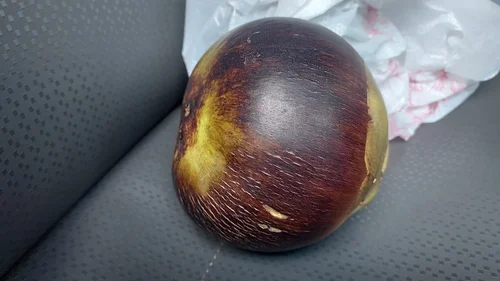
The palmyra fruit grows on the palmyra palm, a towering, fan-leaved tree that can live up to 100 years and reach heights of 30 meters. The fruit is round, with a thick, blackish outer shell that encases three translucent, jelly-like seed sockets. These soft, succulent segments have a mildly sweet flavor and are a staple refreshment in tropical climates.
Both the fruit and other parts of the palmyra palm are widely used — from sap (toddy) to leaves and wood.
Historical and Cultural Significance
Palmyra palms have been cultivated for over 3,000 years in tropical Asia and Africa. They are revered in Hindu and Buddhist traditions and prominently feature in Ayurvedic medicine.
In India, the palmyra palm is often called the “Tree of Life” for its ability to provide multiple essential resources:
- Food: Fruit pulp, jelly seeds, sap.
- Medicine: Treatments for skin conditions, digestive disorders.
- Construction and Crafts: Leaves for mats, baskets; wood for furniture.
The Largest Palmyra Fruit Producer in the World: India
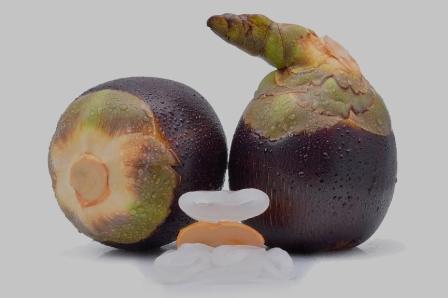
India is the largest producer of palmyra fruit in the world.
Why India Leads in Palmyra Production
1. Ideal Climate:
India’s vast tropical and sub-tropical regions, especially in the southern states of Tamil Nadu, Andhra Pradesh, Kerala, Karnataka, and Maharashtra, provide optimal growing conditions for palmyra palms.
2. Deep Cultural Integration:
Palmyra fruit is integral to South Indian cuisines and traditional medicine. Seasonal markets see high demand for fresh nungu (ice apple), especially in summer.
3. Agricultural Heritage:
India has a long history of palmyra cultivation, with government and local initiatives promoting its economic and environmental importance.
4. Versatile Uses:
Beyond the fruit, palmyra palms provide toddy, jaggery, handicrafts, roofing, and even eco-friendly packaging.
Other Major Palmyra Producing Countries
While India dominates global production, several other nations cultivate palmyra palms:
- Sri Lanka: Known for toddy tapping and palmyra-based crafts.
- Bangladesh: Consumed as a refreshing summer fruit.
- Myanmar and Cambodia: Utilized for sap, palm sugar, and leaves.
- Thailand and Indonesia: Grow palmyra primarily for sweets and desserts.
- Parts of Africa: Particularly in Sudan and Nigeria.
Nutritional and Medicinal Benefits of Palmyra Fruit
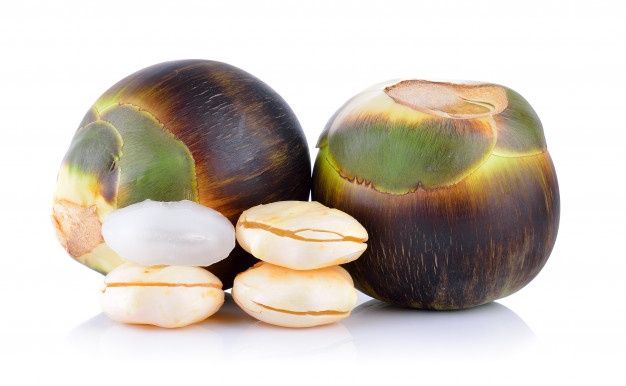
Palmyra fruit is valued for its cooling, hydrating properties and health benefits:
- Rich in Vitamins A, B, C
- Minerals: Calcium, potassium, iron.
- Natural Electrolytes: A great remedy for dehydration.
- Low-Calorie: Ideal for weight management.
- Digestive Aid: Relieves constipation, acidity.
- Skin and Eye Health: Thanks to beta-carotene.
- Traditional Uses: Treats prickly heat, urinary tract infections, and sunstroke.
Culinary and Traditional Uses
- Raw Consumption: As a summer street food in India.
- Palmyra Pulp: Used in sweets like nongu payasam, jellies, and puddings.
- Toddy (Palm Wine): An alcoholic beverage made from fermented sap.
- Palm Sugar and Jaggery: Popular in desserts.
- Leaves and Wood: Used for weaving, roofing, and furniture.
Economic Importance in India
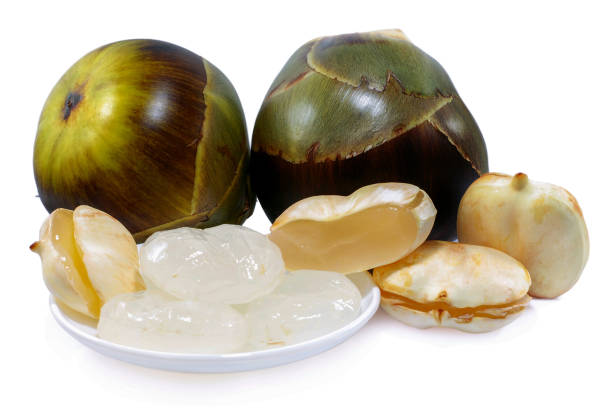
Palmyra fruit farming plays a vital role in local economies:
- Employment for Rural Communities: Farmers, toddy tappers, and craft workers.
- Seasonal Markets: Boosts income in summer months.
- Cottage Industries: Handicrafts and organic palm sugar production.
- Export Potential: Rising demand for natural palm-based products.
Challenges in Palmyra Production
- Slow Maturity: Trees take 12-15 years to bear fruit.
- Labor-Intensive Harvesting: Climbing tall trees is risky.
- Climate Variability: Droughts and cyclones impact yields.
- Market Accessibility: Remote plantations limit trade reach.
Future Prospects and Industry Trends
With increasing interest in natural, plant-based products, the palmyra industry is seeing new opportunities:
- Health Beverage Market: Potential for nungu juices and electrolytes.
- Organic Palm Sugar Demand: As a low-GI alternative to refined sugar.
- Eco-friendly Packaging: Using palm leaves.
- Agrotourism: Farm visits and toddy-tapping experiences.
Conservation and Sustainable Practices
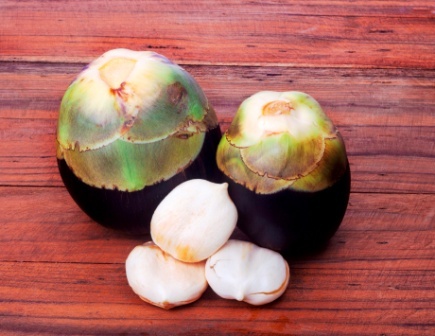
To ensure the sustainability of palmyra cultivation:
- Replanting Initiatives: Encourage sapling distribution.
- Harvesting Training: For safer toddy tapping.
- Value-Added Product Development: Increase farmer incomes.
- Climate Adaptation Strategies: Promote drought-resistant practices.
Conclusion
India’s vast plantations, rich cultural heritage, and culinary traditions have made it the world’s largest producer of palmyra fruit. From street-side nungu stalls in Chennai to toddy tappers in Andhra villages, the palmyra palm continues to enrich millions of lives.
While neighboring countries like Sri Lanka, Bangladesh, and Myanmar maintain their own palmyra practices, none rival India in production volume, economic impact, and cultural significance. As global demand for natural, sustainable products grows, India’s palmyra fruit industry holds immense promise for health-conscious and eco-friendly markets alike.

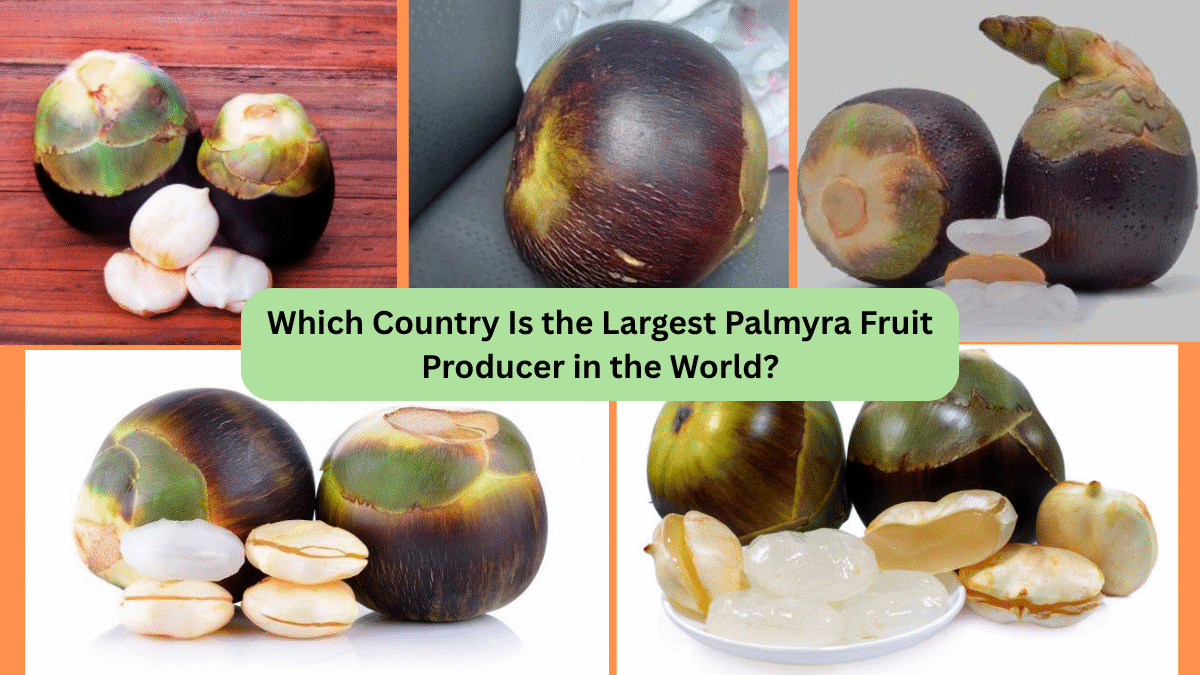



Leave A Comment